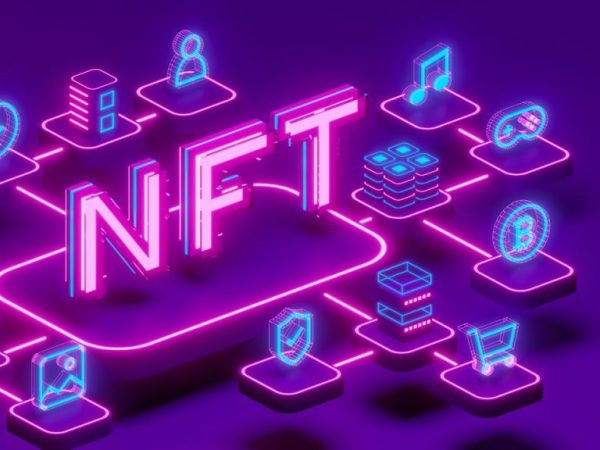Exploring the Future of NFTs and Blockchain Art
Non-Fungible Tokens (NFTs) and blockchain technology have sparked a revolution in the art world, offering artists and collectors new avenues for creation, ownership, and exchange. Read More
The Rise of NFTs and Blockchain Art:
NFTs are unique digital assets that represent ownership or proof of authenticity of a particular item or piece of content. Unlike cryptocurrencies such as Bitcoin or Ethereum, which are fungible and interchangeable, NFTs are indivisible and cannot be replicated. This uniqueness makes NFTs ideal for representing digital artworks, collectibles, and other digital assets on the blockchain.
Blockchain art, often referred to as “crypto art” or “digital art,” encompasses a wide range of artistic creations that are tokenized and stored on the blockchain. These artworks can include digital paintings, animations, virtual reality experiences, and interactive installations, among others. By leveraging blockchain technology and NFTs, artists can tokenize their creations, establish provenance, and enable secure ownership and transfer of digital art assets.
The Future Potential of NFTs and Blockchain Art:
- Democratizing Access to Art:
NFTs and blockchain art have the potential to democratize access to art by removing traditional barriers to entry and enabling artists to reach global audiences directly. With blockchain technology, artists can tokenize their creations, sell them as digital assets, and reach collectors worldwide without the need for intermediaries such as galleries or auction houses.
- Empowering Artists and Creators:
NFTs offer artists and creators new opportunities for monetization and empowerment. By tokenizing their artworks, artists can retain control over their creations, receive royalties from secondary sales, and establish direct relationships with collectors. This enables artists to monetize their work more effectively, gain recognition, and build sustainable careers in the digital age.
- Ensuring Authenticity and Provenance:
Blockchain technology provides a tamper-proof and transparent record of ownership and provenance for digital artworks. Each NFT is associated with a unique cryptographic signature that verifies its authenticity and ownership history, ensuring transparency and trust in the art market. This helps prevent forgery, counterfeiting, and fraud, enhancing confidence among collectors and investors.
- Transforming Collecting and Ownership:
NFTs enable fractional ownership and micro-investing in digital art, allowing collectors to purchase and trade fractions of artworks as NFTs. This opens up new possibilities for ownership and investment in art, making it more accessible and liquid. Collectors can diversify their portfolios, invest in emerging artists, and participate in the growing digital art market.
- Fostering Innovation and Creativity:
The intersection of NFTs, blockchain technology, and art is fostering innovation and experimentation in artistic expression. Artists are exploring new mediums, formats, and interactive experiences enabled by blockchain technology, pushing the boundaries of traditional art forms and creating immersive digital experiences.
Conclusion:
The future of NFTs and blockchain art is promising, with the potential to revolutionize the art industry and reshape the way we create, collect, and experience art. By leveraging blockchain technology and NFTs, artists can democratize access to art, empower creators, ensure authenticity and provenance, transform collecting and ownership, and foster innovation and creativity. As the adoption of NFTs and blockchain art continues to grow, we can expect to see new forms of artistic expression emerge, new business models evolve, and new opportunities for artists, collectors, and investors to participate in the digital art revolution.

